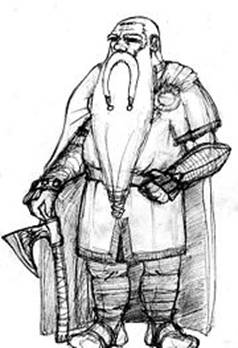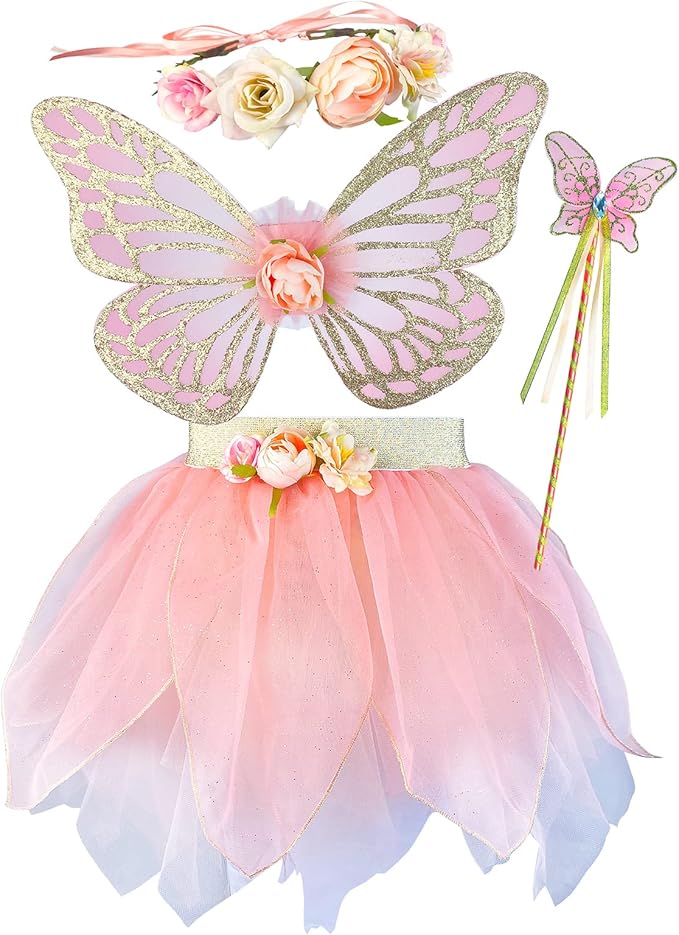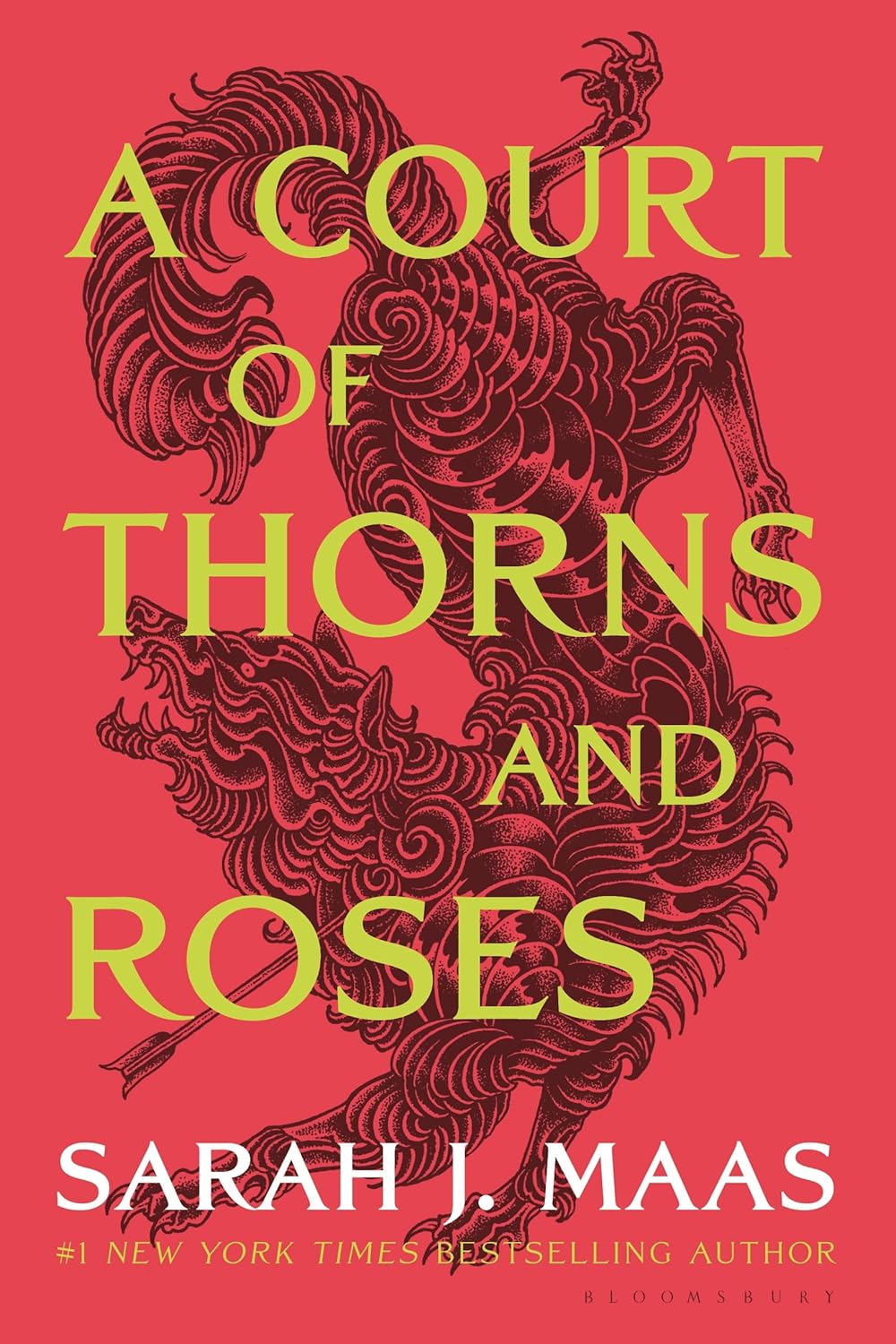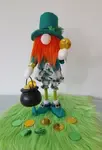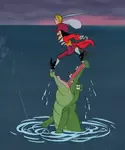- Home
- Fairy Blog
- Fairy Cakes
- Fairy Quotes
- Safety Dance
- The Flower Fairies Books
- What is a Fairy?
- Are Fairies Real?
- Elemental Fairies
- Faeries
- What are the Fae?
- Fae Fantasy Books
- Fairy History
- Origin of Fairies
- Fairies in Folklore
- Pixies
- Pixie Fairy Differences
- Gothic Fairies
- Tooth Fairy
- Fairy Festivals
- Fairy Gardens
- Fairy Garden Accessories
- Fairy Circles
- Fairy Forests
- Fairy Poems
- Fairy Tales
- Fairy Tale Origins
- Classic Fairy Tales
- 24 Fairy Tales
- Fairy Tales around the World
- About Fantasy Creatures
- Dragons
- Dwarves
- Elves
- Gnomes
- Leprechauns
- Mermaids
- Unicorns
- Fairy Face Painting
- Fairy Costumes for Kids
- Free Fairy Art
- Fairy Coloring Pages
- Fairy Crafts For Kids
- Chinese Dragon Art
- How to Draw a Dragon
- Chinese Dragon Drawing
- Dragon Coloring Pages
- Fairy Tattoo Ideas
- About Us
- Contact Us
- Disclaimer
- Privacy Policy
Dwarves How They Came To Be
Dwarves how they came to be from mythical beings that originated from various European mythologies and folklore, particularly Norse and Germanic traditions. They are typically depicted as short, stout, and skilled in mining, metalworking, and craftsmanship. Although there are different versions of how dwarves came to be, one of the most well-known origins comes from Norse mythology.
In Norse mythology, the creation of dwarves is described in the "Poetic Edda," a collection of Old Norse poems. According to the "Völuspá," one of the poems in the "Poetic Edda," dwarves were created by the gods after the formation of the cosmos.
The gods found the earth barren and lifeless, so they decided to create various beings to populate it. From the body of the first giant, Ymir, they formed the race of dwarves. The gods killed Ymir and used his corpse to create the world. From his flesh, they made the soil; from his bones, the mountains; and from his blood, the seas.
It is said that the gods initially created the dwarves as maggot-like creatures that fed on Ymir's flesh. Later, the gods decided to give them consciousness, intelligence, and human-like forms, but they retained their short stature and affinity for the earth.
Over time, the concept of dwarves evolved, and they became an integral part of various mythologies, legends, and fantasy literature. They are often depicted as miners and smiths who live underground, possessing great wisdom and skill in crafting objects of immense beauty and power.
Some of the most famous examples of dwarves in modern popular culture include those in J.R.R. Tolkien's Middle-earth, such as Thorin Oakenshield and his company from "The Hobbit," and the seven dwarves from the Brothers Grimm fairy tale "Snow White."
You can read more about dwarves stories, myths and folklore here.
Adorable Fairy Costume Set!
Includes a fairy tutu, wing, wand and flower halo - perfect for parties, dress-up play, pageants and so on.
CLICK HERE for the best price!
They have great knowledge, particularly of craftsmanship. Metallurgy is one of their great skills. They are said to have made some of the great artifacts of legend.
The original concept of dwarves is very hard to get a clear picture of. The sources closest to the original Germanic mythology come from Norse Mythology, but even these are scarce and very varied. Death is a recurring motif in Norse Mythology, and ancestor worship is a prevalent practice.
Dwarves how they came to be
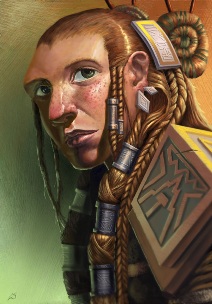
Dwarves were certainly humanoid, but sources differ over their height, their lifestyles, and their similarity to elves. Early sources indicate the original dwarves were fully human height.
They had become unseen magical creatures like fairies; users of charms, curses, and deceit. Unlike fairies, there is little reference to Dwarf Women. This trend is partly explained by their smaller place in common beliefs: God and Christianity were the main focuses of worship. They had become unseen magical creatures like fairies; users of charms, curses, and deceit.
Dwarves how they came to be
Late Norse concepts of dwarves were becoming quite different from the early ones. Elves are a race with very close associations to dwarves. 'Alf' is often part of their name. (eg.: Álfr, Gandálfr, and Vindálfr).
The more modern image is short in height and somewhat ugly. The remnants of the original dwarf formed by later fairy tales and folklore (see English folklore, German folklore, and Dutch folklore).
Dwarves are generally described as being about 3 to 4 feet tall, big-headed, and bearded. Some from mythology and fairy tales include:Rumpelstiltskin, the dwarves from Snow White, Dvalin, Lit, Fjalar and Galar, Alvis, Eitri, Brokkr, Hreidmar, Alfrik, Berling, Grer, Fafnir, Otr, Regin (rarely given as Mimir), Andvari (or Alberich).
They were similar to others from the 'Vættir' family, such as elves. As their mythology evolved, the most notable changes have had them become more comical and more mysterious. They adopted the modern image of short height and ugliness. Their associations with the underground became more predominant.
All of this suggests dwarves were a form of spirits of the dead. Short dwarves only appeared around the 13th century, in sources such as the legendary saga, and it became a trend for mythical creatures (see: fairies; elves; gnomes) to be small, such that they gained a mischievous and comical nature.
Tolkien's Influence
Tolkien's term dwarves was changed from the plural "dwarfs", especially when referring to actual humans with dwarfism, but ever since J. R. R. Tolkien used dwarves in his fantasy novel The Hobbit and The Lord of the Rings and the posthumously published The Silmarillion, the plural form has been replaced by "dwarves".
Dwarves in Tolkien are long-lived, living nearly four times the age of man (about 250 years), but are not prolific breeders, having children rarely and spaced far apart, and having few women among them. Dwarvish children are cherished by their parents, and are defended at all costs from their traditional enemies, such as Orcs.
A longstanding enmity between Dwarves and Elves is also astaple of the racial conception.
Female dwarves A long standing source of interest (and humour) comes from the allusion of Tolkien to female dwarves having beards. In addition they are rare creatures. A more cynical, and perhaps more realistic reason for this is that female dwarves (unlike, say, female humans or elves) lack sex appeal and consequently have little mention in folklore.
Read more about the Hobbit dwarves here.
Read more about Dwarf Women here.
Book of the Month
The Best Selling Fae Fantasy Book! A great gift!
CLICK HERE for more information and best price!
Recent Articles
-
What are Fairy Circles?
Jan 13, 26 02:35 AM
Find out how fairy circles offer a fascinating glimpse into both folklore and science. Maybe, just maybe, there's a bit of magic there after all! -
Why Fairies? About Us
Jan 12, 26 03:54 AM
About Us; Why Fairies explains our background -
Peter Pan Characters, with their pictures and all about Neverland
Jan 11, 26 09:21 AM
The Peter Pan Characters in their home in Neverland and all the magic places where the story takes place. Pictures and Descriptions
